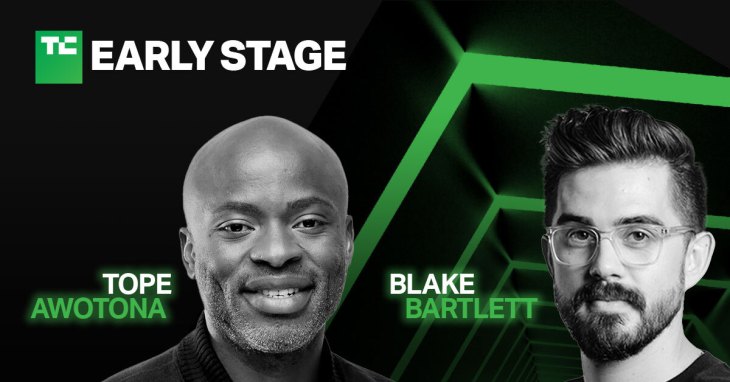Efficiency is essential, according to Calendly CEO Punta Awotona and OpenView’s Blake Bartlett

Product-led growth is all the rage in the Valley these days, and we had two leading thinkers discuss how to incorporate it into a startup at TechCrunch Early Stage 2021. Tope Awotona is the CEO and founder of Calendly, which bootstrapped for much of its existence < a href="https://techcrunch.com/2021/01/26/how-atlantas-calendly-turned-a-scheduling-nightmare-into-a-3b-startup/"> before raising $350 people of at a $3 billion value from OpenView and Iconiq . And on the other side of this history table and this interview remaine Blake Bartlett, a partner worries OpenView who has been top rated enterprise deals based from the principles of efficient expansion.
In this job, the two talk about bootstrapping and as a result product-led growth, expanding around the world, when to bootstrap and when so as to fundraise, and how VCs setup a profitable company (carefully, and with a big stick). Oh, and how to spend $350 unité.
Bids have been edited and condensed for quality.
Bootstrapping is generally directly tied to product-led progression
Product-led knows is all about efficiency — grinding it out all of a startup’s capital and time on perfecting its product to capture contemporary users and help the most eager customers advocate for the services or products with others or perhaps all the managers approving their everyday expenditures. That’s directly related to bootstrapping, since by evading VC investment, a startup requires to be much more tied to customers originally.
Tope Awotona:
With no marketing because you, Calendly began to take off. To be sure the initial users were with regard to higher education, and very quickly today we moved to the commercial sphere. And all of that was because of the virality of the product. Seeing that, now we just began to invest whole lot into virality. So the education represent self-serve, which is incredibly capitol efficient, because you don’t ought to all of these sales people, and also the virality, instead of spending a bunch of it may need on advertising, you can sincerely rely on the virality on this product and rely on unquestionably the network of the users to totally propagate and to enable submission moves, just those are the certain things that really allowed us to achieve its purpose. (Timestamp: 14: 49)
We later we mentioned how the extreme focus on buyers can drive efficiency thanks to product-led growth.
Blake Bartlett:
It may be the product and the distribution version, and they need to be tightly arranged. Tope spoke to some of such a, but I think first and foremost, often outside of metrics, it’s in what way is the business built? And on the product front, the product is built, the jobs to be done, as they say, are oriented towards the bricks-and-mortar user of the product, far from being their boss. SaaS in times past was built for the supervisor because the boss owns usually the the budget for that department. Whenever you’re building a sales method, build for the VP concerning Sales, and then hopefully you see, the AEs will, you know, accompany it. But now with product-led growth, you’re actually drafting for that user. … Potentially, you can build the things highest that the boss cares about enjoy the admin panel, and the KPIs and all that kind of food. (Timestamp: 30: 35)






